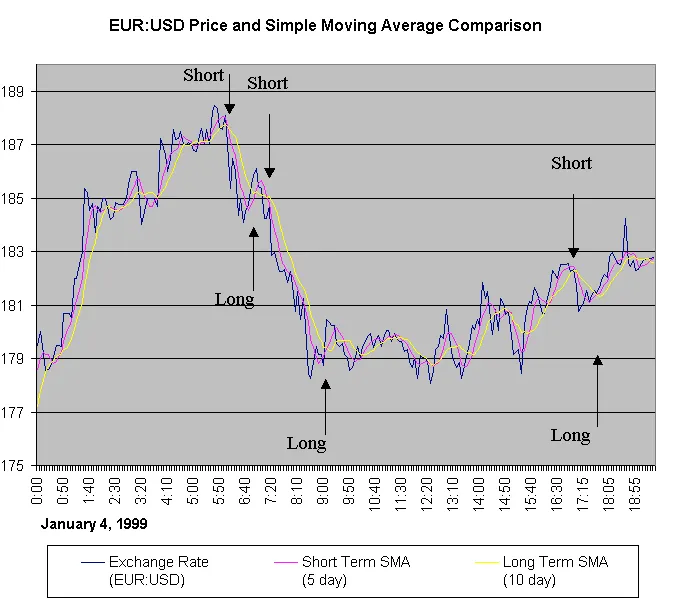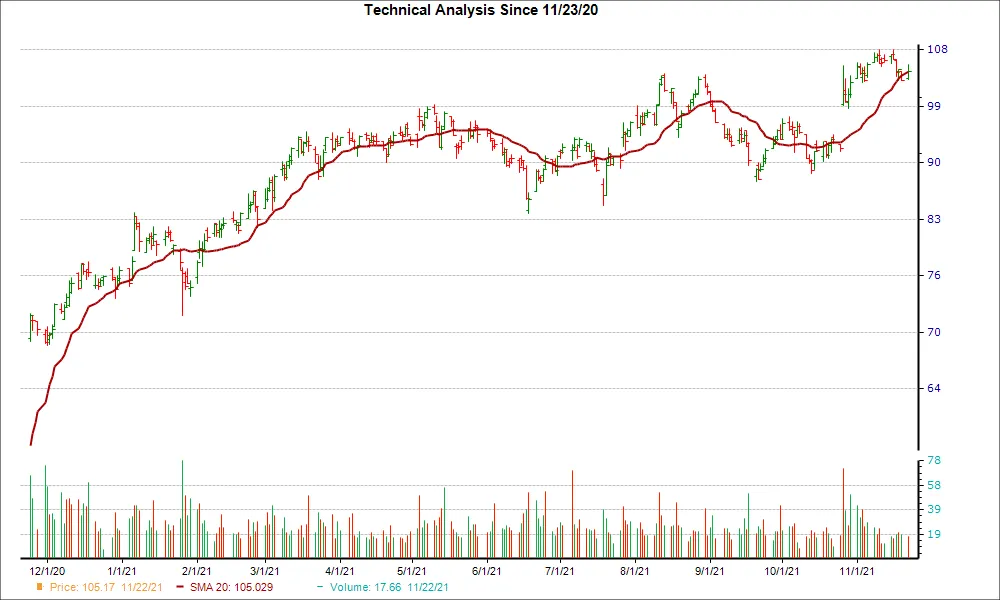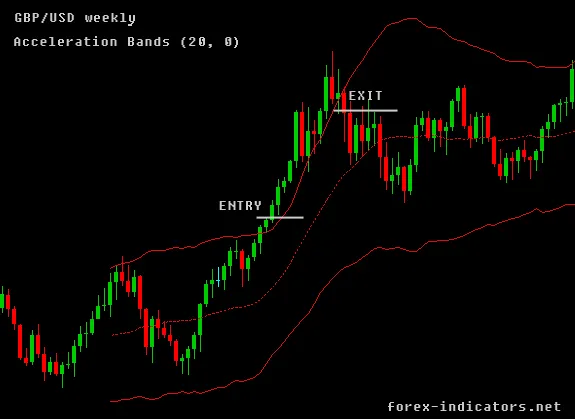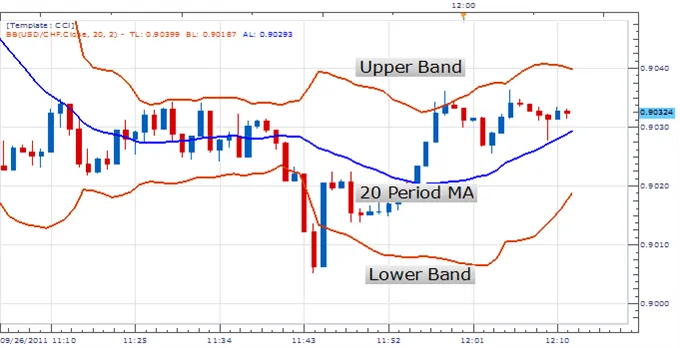Golden Cross Strategy
By Samantha Baltodano
TL;DR:
A Golden Cross Breakout is a trading strategy that uses a short-term moving average (50-day) crossing above a long-term moving average (200-day) as a sign of a potential long-term bull market. It is the opposite of a Death Cross, which is a bearish indicator when a long-term moving average crosses under a short-term moving average. Traders use this strategy to identify trend reversals and potential entry or exit points in the market.
What Is a Golden Cross Breakout?
A golden cross breakout occurs when a short-term moving average crosses above the long-term moving average. By default, this strategy will use a 50-day moving average and a 200-day moving average.
Source: Investopedia
Figure 1: Golden Cross Breakout
Many traders see the golden cross pattern as a sign that the stock’s price will continue on an upward trend. As such, the golden cross is a pattern that indicates a potential long-term bull market which is typically reinforced with high trading volumes (AKA traders will begin to buy more because they want in on the upswing).
It is the opposite of a death cross, which is a bearing indicator when a long-term moving average crosses under a short-term moving average.
So, What Does a Golden Cross Tell You?
There are three stages to a golden cross.
- First, a downtrend will bottom out as traders stop selling their positions.
- Second, a trend reversal confirmation occurs. This happens when the shorter moving average crosses over and up through the larger moving average.
- The last stage is the continuing uptrend in stock price. The moving averages act as support levels on pullbacks until they crossover back down at which point a death cross may form (more on this later).
As previously mentioned, the most commonly used moving averages for the golden cross strategy are the 50-day and the 200-day moving average. This period is not random, but strategic. That’s because, generally, larger time periods will form stronger lasting breakouts. Meaning longer uptrends and the ability to capture a larger chunk of the price move.
For example, the daily 50-day moving average breakout up through the 200-day moving average on an index like the S&P 500 is one of the most popular indicators of a bullish market.
These larger time periods are more consistent with swing trading.
Day traders on the other hand use smaller time periods like the 5-day and 15-day moving averages. This allows them to trade intraday golden cross breakouts. Intraday trading refers to buying and selling stocks on the same day before the market closes.
The time interval of the charts can also be adjusted from 1 minute to weeks or months. Just as larger periods make for stronger signals, the same applies to chart time periods as well. The larger the chart time frame, the stronger and lasting the golden cross breakout tends to be.
This strategy can also be customized by adjusting the type of moving average used, i.e. Simple, Exponential, Weighted, Wilder’s, Hull.
The Difference Between a Golden Cross and a Death Cross
A golden cross and a death cross are exact opposites.
A golden cross indicates a long-term bull market going forward, while a death cross signals a long-term bear market. Both signal the confirmation of a long-term trend as a short-term moving average crossing over or under a long-term moving average.
The golden cross occurs when a short-term moving average crosses over a long-term moving average to the upside and is interpreted by analysts and traders as signaling a definitive upward turn in a market.
Conversely, a similar downside moving average crossover constitutes the death cross and is understood to signal a decisive downturn in a market. Both crossovers are considered more significant when reinforced by high trading volume (either increased selling or increased buying).
Once the crossover occurs, the long-term moving average is considered a major support level (in the case of the golden cross) or resistance level (in the case of a death cross) for the market from that point forward.
Either cross might happen as a signal of a trend change, but they more often happen as a strong confirmation of a trend reversal that has already taken place. This is because the golden cross strategy is a lagging indicator.
Limitations of Using the Golden Cross
All indicators are “lagging,” and no indicator can truly predict the future. Many times, an observed golden cross produces a false signal. Despite its apparent predictive power in forecasting prior large bull markets, golden crosses also do regularly fail to manifest. Therefore, a golden cross can be confirmed with other signals and indicators before putting on a trade.
The key to using the golden cross correctly—with additional filters and indicators—is to always use proper risk parameters and ratios. Remembering to always keep to a favorable risk-to-reward ratio and to time your trade properly can lead to better results than just following the cross blindly.
Alternatively, a trailing stop can be used for exits, e.g., the TrailingStopLX.
Test The Golden Cross Strategy
Great news!
You can back test this exact strategy on historical data for any of your favorite symbols using TradingView.
This strategy has already been built and all you have to do is log in and take it for a spin. You can access this indicator here.
If you’re new to back testing and to TradingView, don’t worry. I created a step-by-step guide you can follow to begin testing the Golden Cross Strategy.
Summary
- The golden cross breakout indicates a long-term bullish trend.
- The golden cross appears on a chart when a stock’s short-term moving average crosses above its long-term moving average.
- The golden cross inverse is a death cross. The death cross indicates a bearish price movement.
Golden Cross is just one of many strategies that Archaide automates. For a full list of strategies and studies available click here.
Like what you read? Check out the rest of our content!




